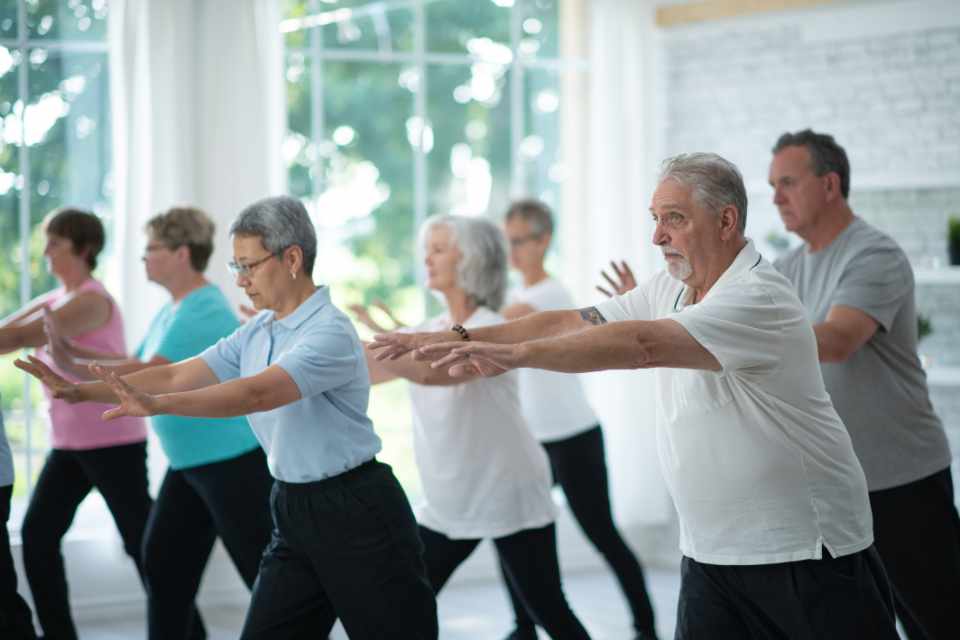Acupuncture is a traditional Chinese system of medicine. With a documented history of effective use for over two thousand years. And a well-defined theory to describe and explain its use in Chinese medicine. But Chinese medicine theory, while fascinating, is very different to western ideas of anatomy and physiology. This article explains how acupuncture works from a western perspective.
What is acupuncture used for?
An acupuncturist uses acupuncture to prevent, treat or manage all manner of health concerns. So, in China for instance, acupuncture might be used for treatment and also preventative medicine. But in the UK and other Western countries acupuncture is mostly associated with pain reduction.
As a proven safe and effective treatment for painful conditions, acupuncture has attracted worldwide attention. And practitioners in Western countries have wanted to learn to practice this ancient art.
But, the theory of how acupuncture works is not easy to translate into Western terms. The Chinese use different concepts to describe how the body works. And, simple translation does not fully describe these concepts.
Qi
A traditional description would include the basic concept of Qi, pronounced chee. Translated as a form of energy, flowing around the body through meridians or channels. In health, the flow of Qi is smooth and unhindered. While disturbance in the flow of Qi causes disease or pain.
Needles inserted into specific points along the meridians can influence the flow of Qi. And each acupuncture point has a specific function. The acupuncturist chooses the appropriate points for the diagnosis. And inserts needles to bring the body back into balance and harmony.
As a system of medicine, it works well. Precise descriptions cover theory, diagnosis and treatment. And, generations of use, plus scientific research into acupuncture treatment shows it is effective.
But, some Western medical practitioners do not wish to learn the Chinese theories. For them, traditional descriptions of how acupuncture works are difficult to comprehend. They would prefer a scientific explanation that resonates with their training. And fits with their knowledge of anatomy and physiology from a Western perspective.
But, we do not have an accurate translation of the concepts. Qi, which is often described simply as energy, but it is so much more. And, no structures exist in the body that correspond to meridians.
So, scientists have developed several theories or mechanisms to describe how acupuncture works. Theories that describe how acupuncture may work from a Western scientific point of view.
Summary of the theories
When an acupuncturist inserts the needle into skin and muscle, it can have an effect on muscle or nerves. Research shows acupuncture helps to relieve and relax knotted muscles. Knots occur in the lower back muscles, shoulders, elbows and so on. Low back pain, tennis elbow and migraine or tension headaches are some examples. Relaxing the knotted muscles with acupuncture helps to relieve the pain and promote healing.
Local effects on nerves
The needles also have an effect on the nerves in local tissues. They stimulate nerve endings in the area which causes the release of chemical substances. These chemicals increase blood flow to the skin. And we can see this as a slight redness of the skin around the needle. Blood flow to the deeper tissues is also increased. The increased blood flow means more nutrients and oxygen coming into the tissues. And, an increase in the removal of waste products. In turn, this promotes healing or improves the function of local tissues.
The body’s pain-relieving chemicals
The substances released also include the body’s own pain-relieving chemicals. Localised pain relief also reduces perceived pain in other structures in the same area. This happens because all the nerves from an area of the body connect to the same part of the spinal cord. Pain-relieving chemicals will suppress pain sensation from any local tissue. For example, needles in a muscle close to the knee will stimulate local pain relief. Which also reduces the perception of any pain that might exist at the knee joint. As the same spinal nerve serves both the joint and the muscle around the joint.
Messages travel from the acupuncture site via the spinal cord to the brain stem. The brain responds by suppressing pain sensation from the whole body. So acupuncture in one part of the body can reduce the perception of pain in the whole body.
Acupuncture messages that reach the brainstem will also travel to different brain areas. Different areas of the brain have different functions. For example, signals that arrive at the limbic area will promote a sensation of calm and wellbeing.
Signals that reach other areas of the brain can influence the production and secretion of hormones. For example, this is how acupuncture can help to regulate the menstrual cycle.
While these theories about how acupuncture works help us to understand a bit more, they are still some way off explaining this ancient art.








0 Comments